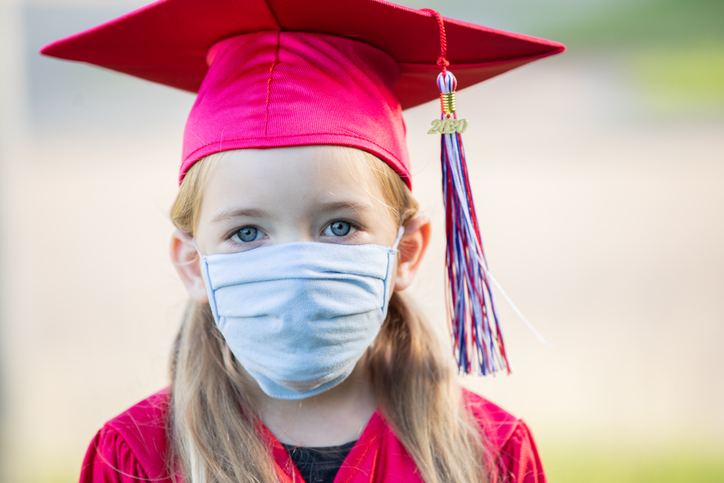
The following blog was contributed by Quentin Wodon, the volunteer team lead for the Global Catholic Education website.
The fortunes for Catholic K-12 and higher education in the United States have diverged for some time. Enrollment in Catholic K-12 schools has been declining for more than 50 years, with an especially severe drop this year as schools became less affordable for parents due to income losses from the pandemic. By contrast, Catholic higher education has done well, with rising enrollment until relatively recently. Today, some Catholic colleges and universities are facing hard times due to the pandemic and unfavorable demographic trends. Still, many of the 250 or so Catholic colleges and universities remain strong. As a result, while the United States accounts for less than three percent of global enrollment in K-12 Catholic education, the country is home to a fifth of all students enrolled in Catholic higher education.
A key reason for these differences in fortunes relates to tuition. Many parents have a hard time paying for the cost of K-12 Catholic education, even though they may appreciate the emphasis placed by the schools on values and faith. Catholic colleges and universities also charge tuition, but so do public higher education institutions, albeit at a lower rate for in-state students. Therefore, one could argue that public institutions have (slightly) less of a pricing advantage at the higher education level than at the Catholic K-12 level.
This in turn leads to very different levels of education pluralism depending on the level of education being considered. The Global Catholic Education Report 2021 released today suggests a new measure of education pluralism based on the literature on market concentration. The measure is ex-post, based on the shares of students enrolled in different types of schools or universities, as opposed to ex-ante based on whether laws and regulatory frameworks are conducive to pluralism or not. It turns out, not too surprisingly, that in comparison to other countries, education pluralism at the K-12 level is low in the United States, while the country fares better for higher education. Differentials in comparative advantages related to pricing between public and private education are likely to play a role here.
Combining the new measure of education pluralism with data on more traditional educational outcomes, the Global Catholic Education Report 2021 proposes a new set of indices to measure the fulfillment of the right to education at the primary, secondary and higher levels. The United States does well on educational outcomes, but not so well at the Catholic K-12 level on education pluralism, therefore not entirely fulfilling the promise of Article 26 of the Universal Declaration of Human Rights which states that “parents have a prior right to choose the kind of education that shall be given to their children.”
What is measured gets done, the adage goes. It remains to be seen whether the measures of education pluralism and the right to education suggested in the Global Catholic Education Report 2021 will catch on. But the report at least makes an attempt to provide a simple quantitative assessment of education pluralism and the right to education globally. More generally, the goal of the report is to make the international community aware of the contributions of Catholic education, while also making Catholic educators aware of lessons emerging from international experience on how to improve educational outcomes. The theme of the 2021 report is education pluralism, learning poverty and the right to education. The report is published under the Global Catholic Education project and co-sponsored by the International Office of Catholic Education (OIEC), International Federation of Catholic Universities (IFCU), World Organization of Former Students of Catholic Education (OMAEC) and World Union of Catholic Teachers (UMEC-WUCT), the four organizations representing Catholic education globally. The report is available for free download and results are summarized in a short YouTube video.